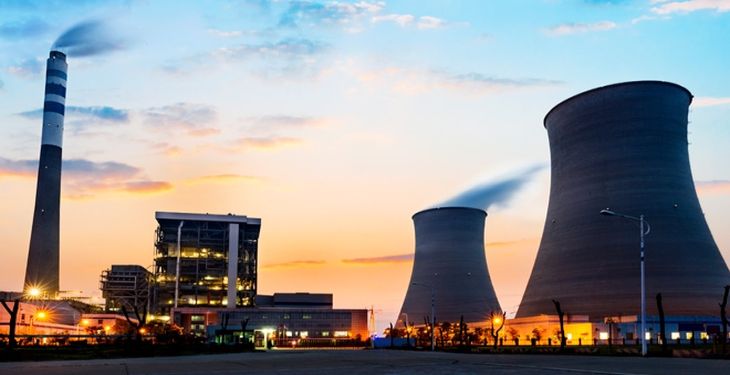Nuclear power is getting a new boost in Canada’s Ontario province, with plans to expand an existing nuclear power plant to become the world’s largest and a promise to add three small modular reactors at a site where another is under construction, Bloomberg reports.
The news represents a sea change for an industry that has stagnated for decades amid concerns about safety and cost overruns. It is also an important step in modernizing an aging electricity grid that needs new capacity, without increasing already high electricity costs or threatening emissions targets.
The Fukushima accident in 2011 put a global brake on plans to build nuclear power plants. Also, the delays in the expansion of the Vogtle nuclear power plant (USA) have provided new arguments to those who oppose nuclear power plants, according to Agerpres.
However, the Canadian province of Ontario has decided to continue with the expansion of nuclear capabilities. The expansion of the Bruce Power facility will be the first large nuclear power plant built in Canada in three decades, suggesting that nuclear power policies may finally be on the loose. In the province of Ontario, 18 of the 19 Canadian nuclear reactors are located, most of them built between 1960 and 1980, a period in which Candu-type reactors became famous worldwide.
“We are returning to our nuclear roots and this return could not come at a more important time,” says John Gorman, president of the Canadian Nuclear Association.
As global demand for clean energy increases, Canada is poised once again to be a major supplier of nuclear reactors, both domestically and internationally.
The agency that manages Ontario’s electricity grid estimates that by 2050 the province will need to spend C$400 billion (US$303 billion) to double generation capacity to 88.4 gigawatts, given developments such as the transition to electric vehicles and the gradual abandonment of fossil fuels by households and companies. Ontario, which is also the largest province in Canada, is also experiencing rapid population growth due to immigration.
Thanks to the current energy mix of nuclear, hydro and wind, Ontario’s energy grid is already 90% clean, but increasing energy demand could make it difficult to reach 100%. Nuclear projects take several years to complete, and with the three current nuclear plants in need of upgrades, the province plans to secure its electricity supply with natural gas plants.
Once the new nuclear projects are completed, however, they will reduce the province’s dependence on natural gas. Also, the new nuclear capacities will reduce the need to use wind and photovoltaic energy to cover the minimum level of electricity that the electricity grid needs at any given time.
Typically, electricity demand increases during the morning, peaks in the afternoon, and decreases during the night. However, intermittent renewable sources sometimes generate less electricity than needed and sometimes more, in which case operators have to shut down certain generation capacities at some plants to avoid overloading the energy system.
Hydropower is usually the first to be cut, because its production comes with a water tax.
“If you put too much wind and solar into Ontario’s grid, you end up having to release water into Niagara Falls,” says engineer Paul Acchione.
Even though intermittent renewables produce the cheapest electricity, they are not reliable enough to replace natural gas, so gas-fired plants are still the backup solution during times of peak demand or problems on the grid.
